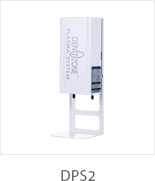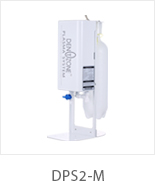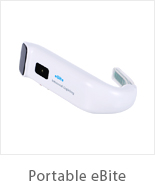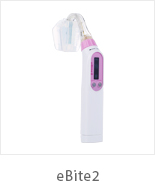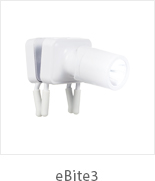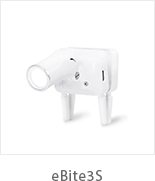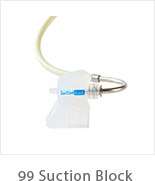| Title | Coolant leak diagnosis is an important aspect of vehicle maintenance t… |
|
In conclusion, early detection and diagnosis of a coolant leak are essential to prevent serious engine damage and costly repairs. By paying attention to the symptoms of a coolant leak and conducting proper diagnostics, you can ensure the proper functioning of your vehicle's cooling system and maintain optimal engine performance. Remember to address any coolant leaks promptly to avoid further complications and keep your vehicle running smoothly. Coolant, also known as antifreeze, plays a crucial role in keeping your engine at the optimal temperature for proper functioning. A coolant leak can lead to overheating and serious engine damage if not addressed promptly. In this article, we will discuss how to identify and diagnose a coolant leak in your vehicle. One of the biggest challenges that Starters face is securing funding to support their growth and development. This can come in the form of investments from venture capitalists, loans from banks, or crowdfunding campaigns. Obtaining funding can be a daunting task, but it is essential for Starters to have the necessary resources to hire employees, invest in marketing and advertising, and scale their operations. 3. HID Bulbs: HID bulbs produce a bright, bluish-white light that closely resembles natural daylight. They offer superior visibility and are often found in high-end vehicles. However, HID bulbs can be more expensive to replace and require specialized equipment for installation. Diagnosing a Coolant Leak: 1. Visual Inspection: Start by visually inspecting the engine bay, hoses, radiator, and connections for any signs of leakage. Look for wet spots, stains, or puddles of coolant that can help pinpoint the source of the leak. 2. Pressure Test: A cooling system pressure test can help identify leaks that may not be immediately visible. A special tool is used to pressurize the system, and any drop in pressure indicates a leak. 3. Cooling System Inspection: Check the condition of hoses, clamps, radiator, water pump, and other components of the cooling system for signs of wear, cracks, or corrosion that could lead to leaks. 4. Combustion Leak Test: In some cases, a coolant leak may be internal, such as a blown head gasket. A combustion leak test can detect the presence of exhaust gases in the cooling system, indicating a leak in the head gasket. 5. Professional Diagnosis: If you are unable to locate the source of the coolant leak or suspect a more serious issue, it is recommended to seek the expertise of a professional mechanic who can conduct a thorough inspection and provide a proper diagnosis. Importance of the Power Steering Hose: 1. Ensure Proper Steering Functionality: The power steering hose is responsible for delivering pressurized hydraulic fluid to the steering system, enabling the driver to turn the steering wheel with ease. A damaged or leaking power steering hose can result in reduced steering Camshaft Timing Control and make it difficult to maneuver the vehicle. Types of Headlamp Bulbs There are several types of headlamp bulbs available on the market, each offering various levels of brightness and energy efficiency. The most common types include halogen, LED, and HID (high-intensity discharge) bulbs. Symptoms of a Coolant Leak: 1. Low Coolant Level: One of the most obvious signs of a coolant leak is a low coolant level in the reservoir. If you find yourself having to frequently top up the coolant, it may indicate a leak in the system. 2. Visible Puddles Under the Car: A coolant leak may manifest as puddles of brightly colored liquid (usually green or orange) under your parked vehicle. This is a clear indication that coolant is leaking from somewhere in the system. 3. Engine Overheating: If your engine starts to overheat, it could be a sign of a coolant leak that is preventing the proper circulation of coolant to regulate the engine temperature. 4. Sweet Smell: A leaking coolant may give off a sweet smell, which can be noticeable inside or outside the car. This distinctive odor is a key indicator of a coolant leak. 1. Halogen Bulbs: Halogen bulbs are the traditional choice for headlamps, offering a bright white light and a long lifespan. They are cost-effective and easy to replace, making them a popular option for many drivers. Conclusion Headlamp bulbs play a critical role in ensuring visibility and safety while driving. By understanding the types, features, and maintenance of headlamp bulbs, drivers can make informed decisions when selecting and caring for this essential vehicle component. Remember to choose a bulb that suits your driving needs, prioritize safety, and follow proper maintenance practices for a clear and bright driving experience. Despite the challenges, Starters have the potential to revolutionize industries, create jobs, and drive economic growth. Many successful companies, such as Google, Amazon, and Airbnb, started as small Starters with big dreams. With the right combination of vision, hard work, and perseverance, Starters can achieve incredible success and make a lasting impact on the world. |
|
